Advice on choice for new jail design-build firm to be heard by Monroe County commissioners, justice response committee still struggling

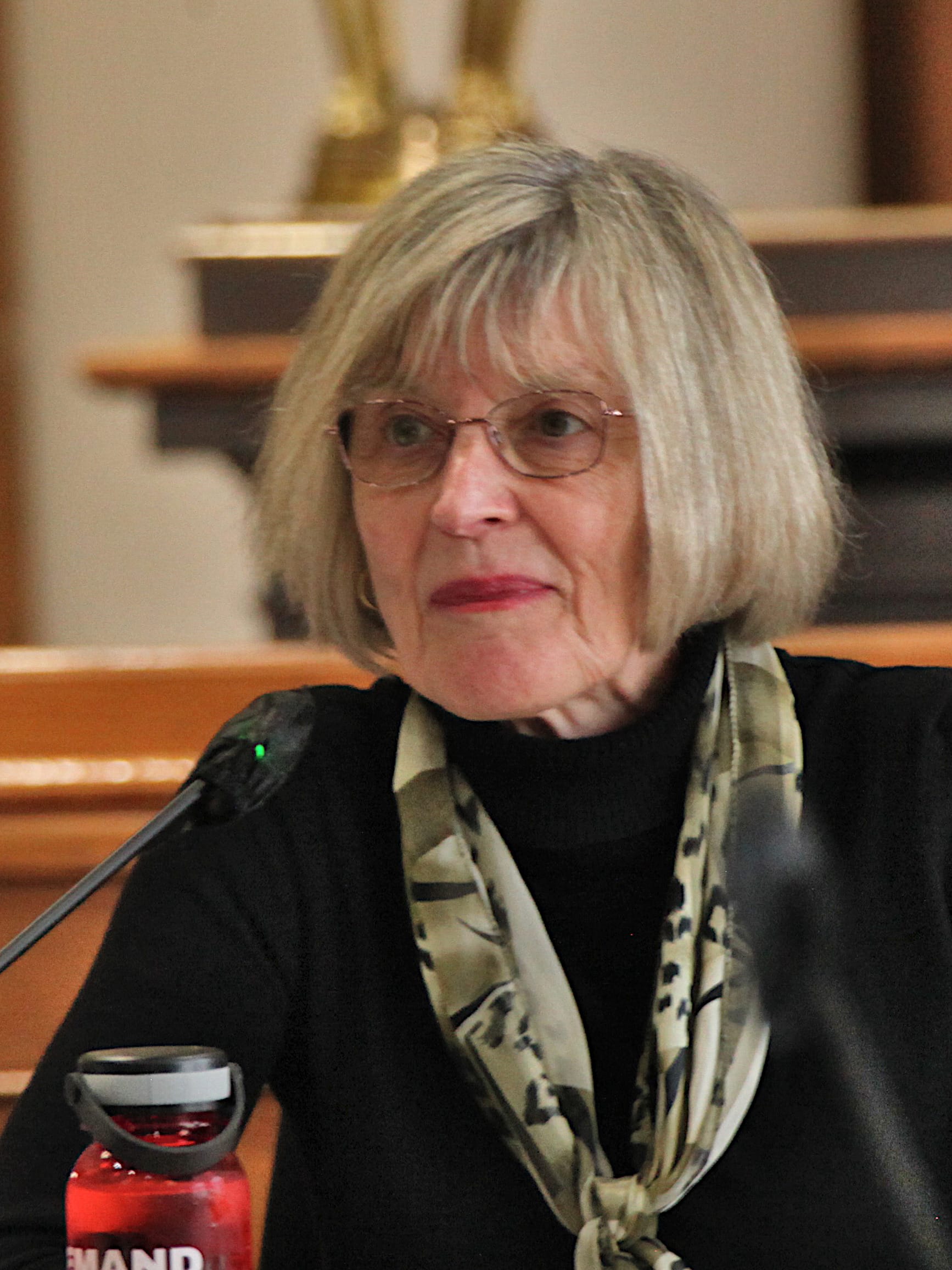


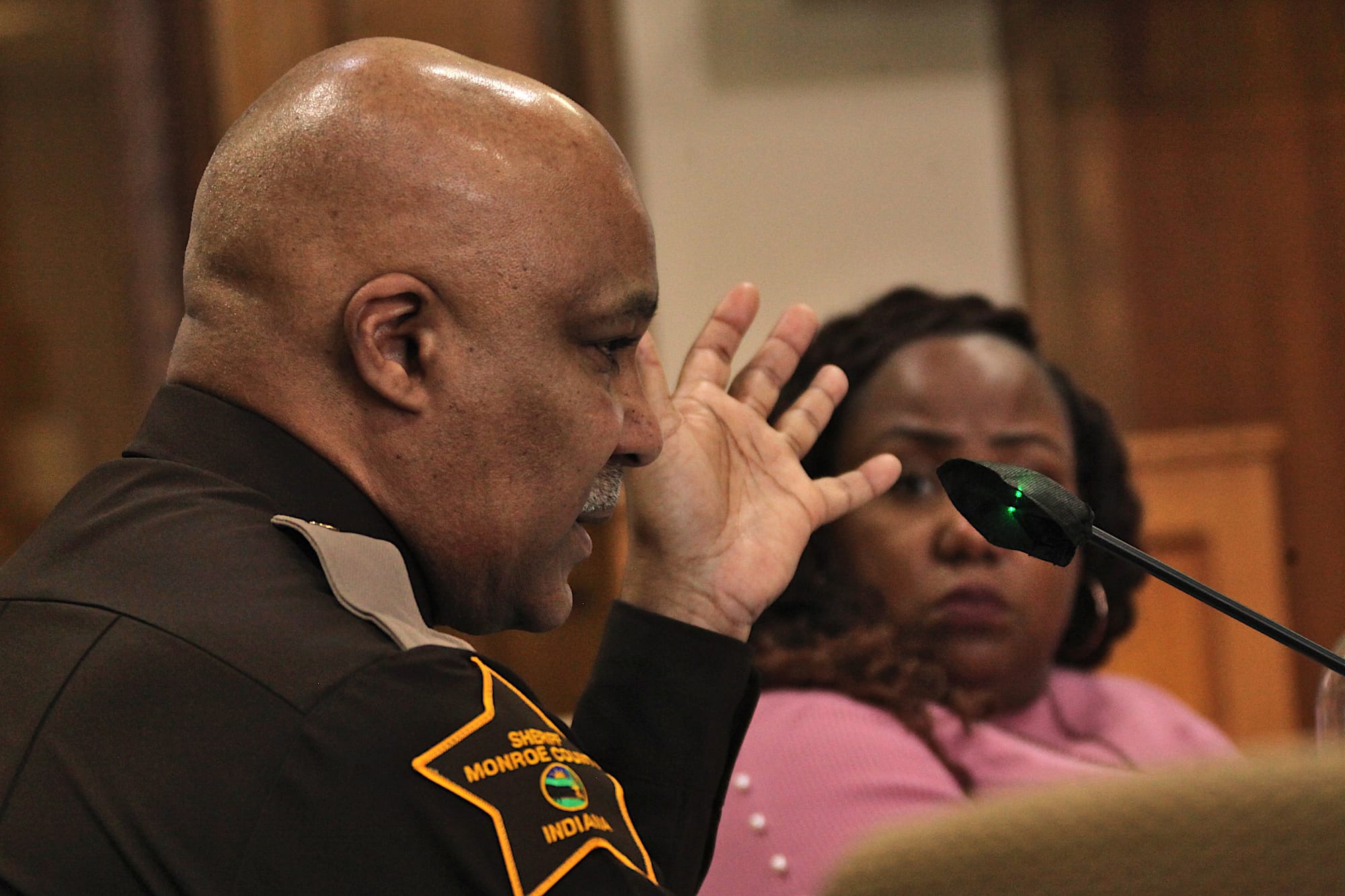


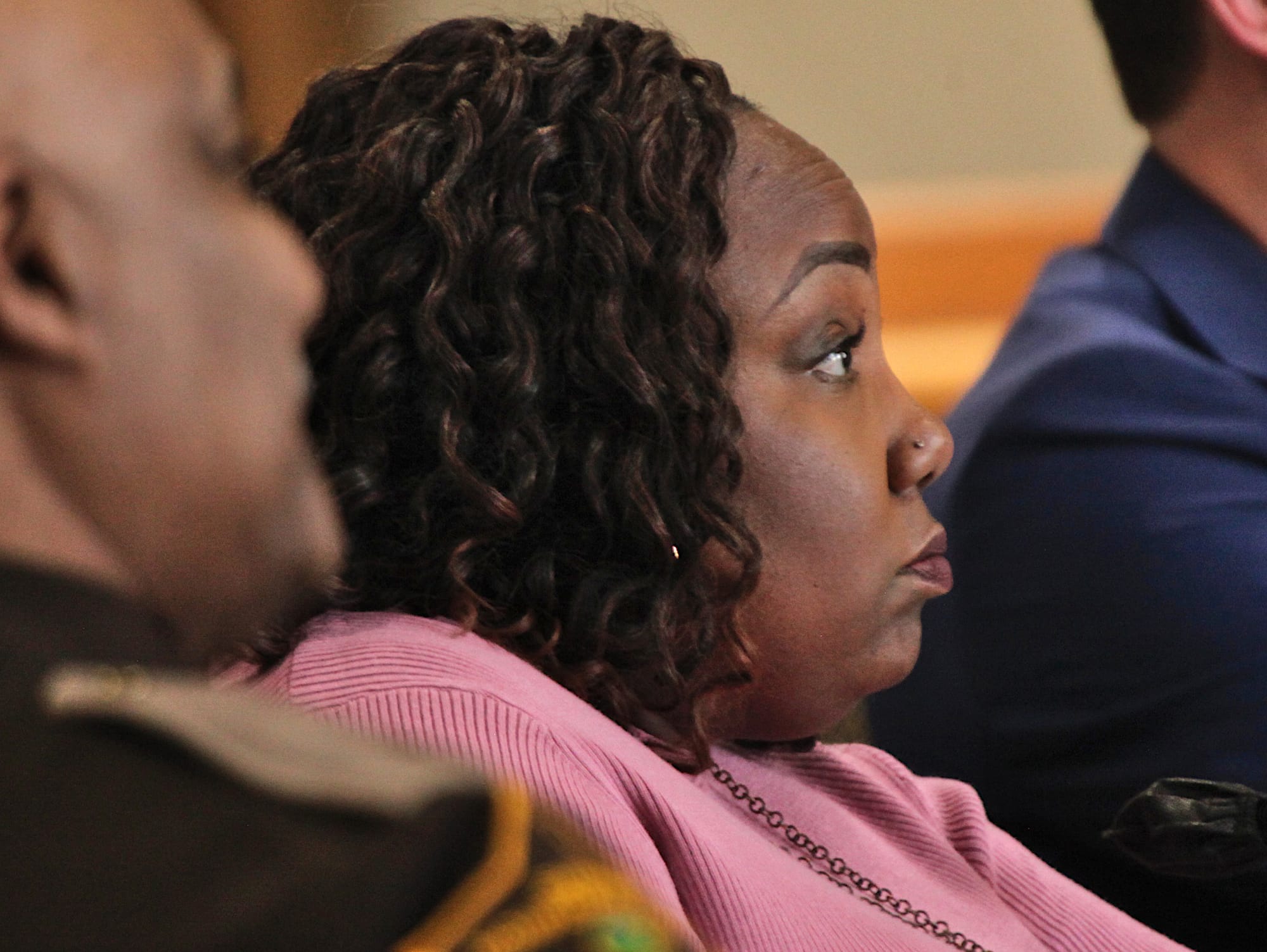
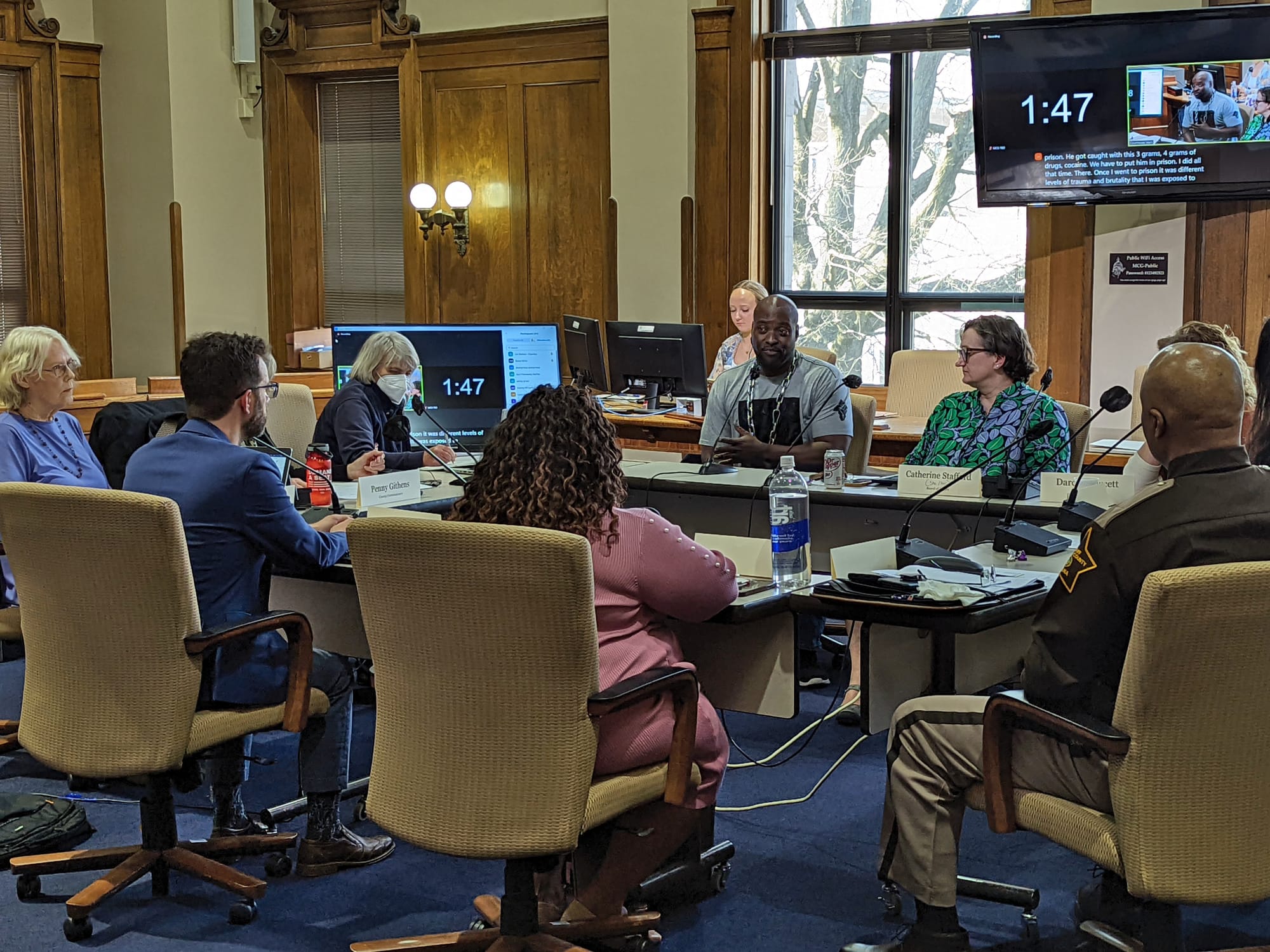
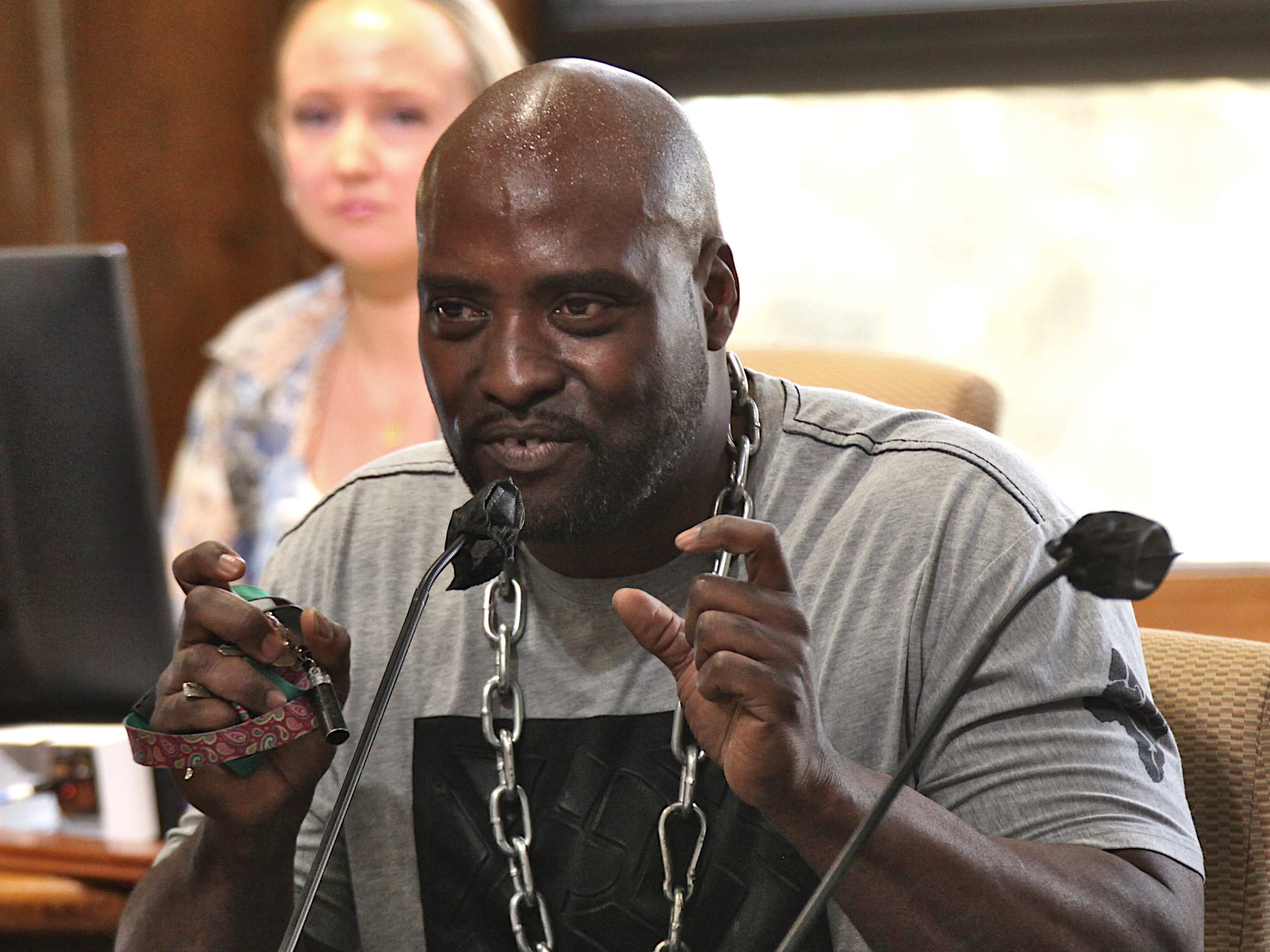
At their work session this Wednesday (March 8), Monroe County commissioners are supposed to receive a recommendation on which of three firms to select, to design and build a new jail.
The three firms responded to a request for proposals (RFQ) issued by the commissioners. Reviewing and scoring the three proposals was a committee of staff from the county’s legal department, the sheriff’s office, the facilities department, and the administrator for the commissioners.
The three firms making proposals were DLZ, Elevatus, and RQAW.
The timetable for selection and approval of a company was sketched out by president of the board of county commissioners, Penny Githens, at Monday’s meeting of the community justice response committee (CJRC).
Githens said the commissioners expect to vote on the selection of one of the three firms at their March 22 regular meeting. Whichever company is selected would be invited to give a presentation to the CJRC on April 3, Githens said.
The timetable for handling the responses to the RFQ could be counted as a bit of progress towards the goal of responding to the work of two consultants, released to the county government about 20 months ago. The report described Monroe County’s jail as having “far exceeded its structural and functional life cycle.”
But Monday’s CJRC meeting was again plagued by friction between the three county commissioners and the other committee members.
CJRC members include three county councilors, two judges, and representatives from the prosecutor’s office, the public defender’s office, and the sheriff’s office, among others.
The committee’s membership was established through an ordinance enacted, and subsequently amended, by the commissioners. The CJRC does not to include any representatives from the city of Bloomington’s government. During public commentary time on Monday, Bloomington public engagement director Kaisa Goodman again called for inclusion of voices from city government.
The tension between the commissioners and others was highlighted by an exchange between Githens and deputy prosecutor April Wilson.
Before the exchange, Wilson had weighed in with opposition by the prosecutor’s office to the idea of creating subcommittees on different topics. The four subcommittees that the county commissioners want to create would deal with: the facility itself; judicial process; treatment; and case management.
Commissioner Julie Thomas had sought clarification about Wilson’s use of the word “we”—Wilson meant the prosecutor’s office.
Wilson elaborated: “The prosecutor’s office is not in favor of these particular subcommittees at this particular time. I think there could be a time in place for subcommittees—but we want to make sure that we’re respecting voices, not creating obstacles, and that we are having collaborative conversations.”
Wilson continued, “I think it’d be difficult, if we’re just spending time dividing us. So I’d like to work towards more collaboration.”
Thomas responded to Wilson by sketching out the rationale for the subcommittees, saying that “The whole point is to not to silo—yes, siloing temporarily—but we need to move forward on things, because we could talk forever.”
Thomas continued, “But until, for example, we have a blueprint, a model, or something to talk about, when we’re talking about facilities, for example, we don’t have anything to talk about until we have something to critique.”
Wilson responded to Thomas by saying, “Thank you. And I do have a follow up. But I see that judge [Catherine] Stafford has her hand up. So I’ll just go after her. And then Mr. [Peter] Iversen.”
Githens, who chairs the meetings, then directed a sharp question to Wilson: “I’m sorry, are you in charge of the meeting?” Wilson replied, “If you’d like my response now, I’m happy to.”
That prompted some overlapping talk that made it hard to hear who said what, but when the dust settled Githens said, “…I was being stepped on. I’m an elected official, and I feel like I was being disrespected here—I really did.” Githens told Wilson, “I saw your hand, I saw judge Stafford’s, I was about to call you, so.”
County councilor Jennifer Crossley added her perspective on the exchange, which wrapped up with the adage, “If we don’t have anything nice to say, we shouldn’t say it at all.”
When Stafford eventually was called on to speak, she said, “I certainly respect the commissioners’ ability to appoint subcommittees, but if I had a vote—which I don’t think we do on this advisory committee—or if Robert’s Rules applied—which we’ve been told that they don’t—I would be voting against subcommittees right now…”
When she proposed an alternative to subcommittees, Stafford appealed to the every-two-week meeting schedule of the full CJRC: “I would vote that we start with facility, cap it at two meetings, then spend two meetings on treatment, then two meetings on case management and re-release—I think maybe that can be combined with treatment.”
Stafford also appealed to the separation of powers for the branches of government: “I would venture to say—and I’m not trying to throw shade by saying this—that if the board of judges had a committee on reforming the executive branch, and that if we appointed the commissioners to that committee, they would feel disrespected by that process.”
Stafford continued, “And I don’t think it is appropriate to put judicial process on as a subcommittee of the commissioners’ committee, because we are a separate branch of government.”
On the question of the size of a new jail footprint, Stafford told other members of the CJRC that using a mini-CAD program, she’d come up with a possible footprint for a new jail facility that requires just a 9-acre footprint. That’s smaller than the 25-acre number that has been used as a rough estimate in conversations up to now.
Stafford said, “By my calculations, if we had a jail that was a single-story with sheriff’s offices, and if we had a three- to four-story building for courts and clerks, and a three- to four story building for probation, public defenders, and prosecutor staff,…if we add in an acre for green space and an acre for parking, that would all be nine acres or less.”
A nine-acre footprint would “easily fit downtown in one or two or three different locations,” Stafford said.
Stafford based the rationale for keeping the jail in downtown Bloomington on her progressive values: “I think that for Monroe County, one of our goals is to demonstrate our progressive values and to live those values.” She continued: “And for me, that means inmates should not be hidden away in some corner of the county, where they are not able to see family and friends, and where they’re not able to access services after their release.”
To make her calculations more precise, Stafford said, she’d need to know how many beds the county commissioners want to approve for the new jail.
The consultant’s report recommends around 450 beds for a new facility. The current jail has 126 beds, but is double bunked.
Stafford wrapped up her thoughts on the jail size and location by cautioning against a tail-wagging-the-dog approach: “I think we need to decide how much space we need, before we decide where it goes. The where-it-goes is the tail. And the how-many-beds is the dog.”
Githens responded to Stafford by saying, “It sounds like we are going to have to do some real head scratching together on the number of beds.”
Even if the CJRC appears to have settled on the idea that a new jail facility is needed, public commentary against the idea of building a new jail came again on Monday from members of the group Care Not Cages.
Speaking at the public mic, from his perspective as someone who has served a total of 15 years in prison—not all in one stretch—was Jauston Huerta who is director of FOCUS Initiatives.
His convictions had all been for minor drug charges—non-violent possessions and dealing, Huerta told the committee. “Never once did the state say, ‘Maybe we should give this guy some type of drug treatment.’” In 2020, he was released, Herta said. When he met the people at FOCUS Initiatives, Huerta said, “They began to show me levels of compassion, and show me levels of care.” They told him, “Hey, you’re a valuable human being.”
Huerta told the CJRC, “I’m only more determined and more focused than ever, to go forward and continue to pass on the things that I have learned.” He added, “I just wanted my voice to be heard here—and I know it represents a lot of different people—that locking people up is not the answer. It only compounds and multiplies trauma.”
Huerta’s remarks got a round of applause from the audience, which included former deputy mayor Don Griffin, Bloomington city councilmember Isabel Piedmont-Smith, and Bloomington city clerk Nicole Bolden.
Bolden took the public mic not as city clerk, but as president of the Monroe County Black Democratic Caucus. Bolden told the CJRC, “Our organization has watched these proceedings with increasing dismay and frustration. The reason for this frustration has been rooted in the particular treatment of councilor Jennifer Crossley and sheriff Ruben Marté.”
Bolden said that over the last few months, Crossley and Marté “have been the direct recipients of a noticeably high number of eye rolls, muttered comments, direct disparagement, and cut-off statements.”
Bolden said, “[T]he only two elected officials of color in this room have been treated to a high level of disrespect that does not track with the treatment of others in this room.”
Bolden asked for better treatment in the future: “We request that moving forward, you treat all of the officials in this room with the respect and shared humanity that we hope you are all capable of.”
Bolden also asked those at the table who had not been disrespected to stand up for those who were disrespected: “And for those officials in this room who are not on the receiving end of poor behavior, we ask that you say something when you see it happening, rather than remaining silent for the sake of keeping the peace, or sticking to parliamentary procedure.”
The recommendations on the RFQ responses is scheduled for the March 8 work session for the county commissioners. Work sessions typically start after a five- or ten-minute break from the time their regular meeting concludes. The regular meetings start at 10 a.m.
Links




Comments ()